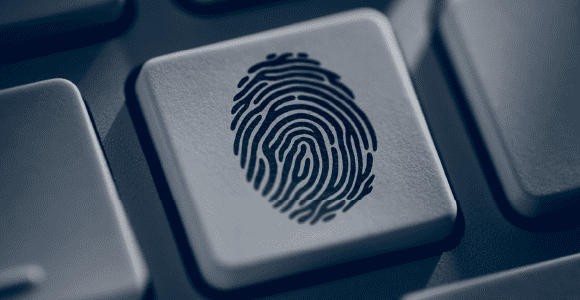Upgrade to Multi-Factor Authentication for Online Safety.

For business owners of any size, ensuring the confidentiality of personal and confidential business information is essential. Not only is it likely to be a legal requirement, but data loss can also harm staff and customers and damage your reputation and profits.
Given the evolving nature of online threats, merely using passwords is no longer enough.
Below is a brief introduction to multi-factor authentication (MFA) to boost system safety.
What is Multi-Factor Authentication?
When your business’s IT systems, especially those accessed from afar, rely solely on one password, vulnerabilities arise. Enter multi-factor authentication (MFA). MFA elevates security by demanding users present various verification forms to confirm their identity.
MFA becomes essential with the surge in remote work and access to business resources from diverse locations. Picture MFA as a digital sentinel. It’s akin to having several security checkpoints on the online gateway to your business resources. Beyond a mere password, MFA could involve verification codes sent to your phone or even a biometric check.
Incorporating MFA presents a formidable challenge for unauthorised entities attempting to access your business data. Even with a password in their possession, malicious actors would need the extra verification layers to break in. It’s analogous to having another security personnel at a digital portal, providing added resistance against unwarranted entries.
Reasons to update to MFA
Four primary reasons underscore the necessity of MFA for your business clientele:
- Enhanced Safety: Small businesses are frequently on cybercriminals’ radar. MFA, however, drastically minimises the probability of unauthorised intrusions. Even if they possess a password, the added layers of verification prove challenging.
- Shield Against Phishing: Phishing—where attackers deceive individuals into disclosing their login details—can be catastrophic for businesses. Here, MFA acts as a formidable defence, ensuring that mere password possession won’t suffice.
- Protection During Data Leaks: Data compromises are sadly frequent and can impact any business size. The laid-back attitude of “it’ll be fine” doesn’t serve as a credible defence. With MFA, even if passwords are laid bare during a breach, additional verification layers keep your data secure.
- Guarding Vital Assets: Every small business holds precious resources like client data, financial documentation, and intellectual property. MFA serves as an added shield, preserving these assets from unauthorised access.
Setting Up MFA is easy
Integrating MFA for your business accounts is straightforward. Most contemporary digital services offer built-in MFA functionalities. Here’s a roadmap:
- Review Account Compatibility: Determine if your business tools and online services offer MFA features. Esteemed vendors, be it for email, cloud storage, or task management, typically have MFA functionalities.
- Choose Appropriate MFA Techniques: Depending on the service, options might include SMS codes, authentication apps (like Microsoft or Google Authenticator), or physical tokens. Evaluate and pick what suits your business.
- Activate MFA Across Your Team: Instruct and guide your team in adopting MFA. Ensure everyone comprehends its significance and offers necessary support.
Multi-factor authentication is indispensable for businesses of all sizes. It is easy to use, often free and offers a great first line of defence for your personal and business data. Protecting against phishing hinders cyber-attacks and potential system breaches and damage to the business.